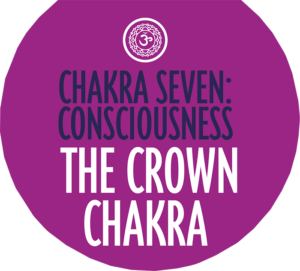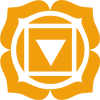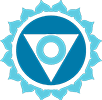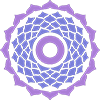Meaning and Beliefs
Most of the time our waking consciousness is making meaning out of our experience. We want to know what something means so that we know how to respond to it. As children we tried to make sense of our world. If our mother was in a bad mood, we might have made it mean that we did something wrong. If this happened repeatedly, and we created that same meaning each time, we might come to believe we were flawed in some way.
The meanings we create then combine to create beliefs. Beliefs that we formed as children, when we knew little about the world, may have protected us at one time. As adults, however, they may work against us, and prevent us from living fully or creating our dreams. For instance, it may have served you to remain hidden and quiet as a child in order to be safe, but as an adult who is now trying to be seen and understood, this belief works against you.
Beliefs can be carried in the conscious mind, such as the belief that it’s wrong to kill or steal, and they can also be carried in the unconscious mind, such as the belief “There’s something wrong with me.” Or: “No one can be trusted.” In other words, these beliefs lurk below the surface of awareness, yet still shape our behavior and our reality. It behooves us to look at what beliefs serve us and what beliefs hinder us.
Lion Goodman has created a fantastic process for identifying hidden beliefs and changing them permanently to more productive beliefs. It’s called The BeliefCloset Process and you can start Clearing Your Beliefs here.













 It is said that the unconscious is analogous to the lower, hidden part of an iceberg, while our conscious mind is the smaller part above the water surface.
It is said that the unconscious is analogous to the lower, hidden part of an iceberg, while our conscious mind is the smaller part above the water surface.

